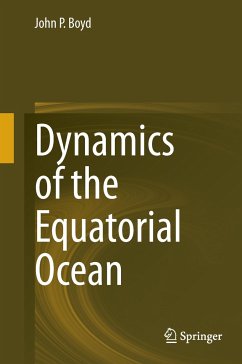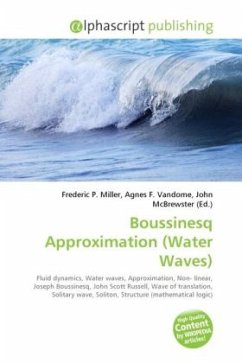High Quality Content by WIKIPEDIA articles! Equatorial waves are waves trapped close to the equator, meaning that they decay rapidly away from the equator, but can propagate in the longitudinal and vertical directions. Wave trapping is the result of the Earth's rotation and its spherical shape which combine to cause the magnitude of the Coriolis Force to increase rapidly away from the Equator. Equatorial Waves are present in both the tropical atmosphere and ocean and play an important role in the evolution of many climate phenomena such as El Nino. Many physical processes may excite equatorial waves including, in the case of the atmosphere, diabatic heat release associated with cloud formation, and in the case of the ocean, anomalous changes in the strength or direction of the trade winds.








